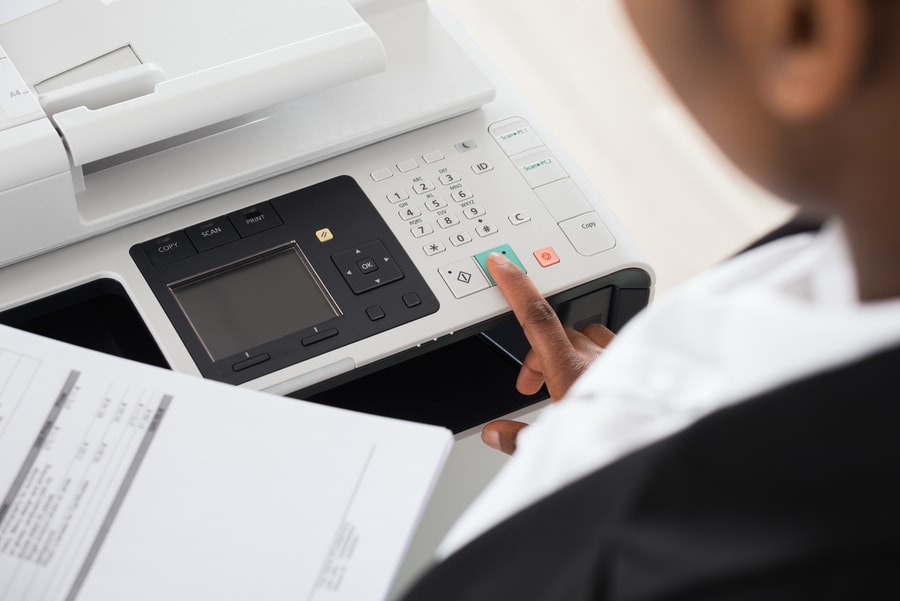How to Use QR Codes to Print IDs Direct Mails?
QR codes are a great way to get your customers’ attention and encourage them to take action. You can incorporate the code into direct mail and other print materials, such as postcards and flyers. These codes can also lead customers to a specific app store, depending on the operating system. The possibilities are endless when it comes to integrating the code into print media, and they are a powerful tool for marketing your business.
(We offer substantial, high-quality solutions to everyday business needs and produce tangible results for your bottom line. Contact us today! Click here: https://townemailer.com)
Dynamic QR codes are smaller and easier to integrate into print materials
Static and dynamic QR codes have distinct differences. Static codes contain more information and require a larger structure while dynamic codes are smaller and easier to integrate into direct mail print materials. Dynamic codes can be edited while static codes cannot. Dynamic QR codes can be integrated into print materials without redesigning them. They are a good fit for ids direct mail, where the main goal is to engage potential customers.
Using dynamic QR codes in ids direct mail campaigns is a great way to connect your offline and online target audiences. While direct mail is an effective way to target customers, it is time consuming and expensive to implement and does not produce high response rates. Consumers don’t want to type URLs or cut out coupons. A QR code, on the other hand, makes it easy to capture a discount coupon number in a single action.
Adding a logo to a QR code
Using a QR code to connect offline and online customers is an effective way to increase your direct marketing results. Customers spend 8 minutes per day sorting through their mail, and they can use direct mail as a way to reach them on a personal level. Adding a logo to a QR code can help you engage your customers and get their attention. Moreover, QR codes are highly customizable, so you can add your company’s logo and brand colors. This can help improve your direct marketing strategy and boost traffic to your website and social media platforms.
Another advantage of using QR codes is that people can use them on mobile devices without requiring a computer. They can view these videos in their cars or while traveling to work. Samaritan’s Purse, an organization that provides Christmas gifts to poor children, wanted to promote their Operation Christmas Child program. The company’s QR code resolved to a video clip that showed the distribution of the boxes and the positive impact the program has on children.
Getting the right size for a QR code
When printing QR codes, you’ll need to keep certain measurements in mind. The distance-to-size ratio works out to be about 10:1, but there are some situations in which you may want to use a larger or smaller size. For instance, if you’re printing a code for a restaurant, you might want to make it a few inches wide and at an angle that’s easily accessible to customers. Another important factor in size is to be sure that you have sufficient color contrast – don’t make your code look too dark or too light. Also, remember that the margin width should be at least equal to the number of data modules on your code.
While there’s no set size for a QR Code, the recommended minimum size is two centimeters by two centimeters. There are even micro-sized QR codes, but these are not recommended. The size of a QR code should be large enough for most smartphones to read it without any difficulty. The best practice is to make your code bigger than the minimum size. The reason for this is that it allows for more customization of your direct mail pieces.
Tracking response rates with QR codes
For example, a company may use QR codes to track responses to an ad campaign. These codes contain information that can be read by a camera and record data such as location, device type, and app downloads. This data can be used to measure the effectiveness of a campaign and better understand what is driving customer engagement. For more information, read on. We’ll go over a few ways to measure your response rates using QR codes.
Another method to track response rates with QR codes is to include them in your direct marketing materials. This method can help bridge the gap between the online and offline worlds, resulting in higher conversions and revenue for your business. QR codes can be included in coupons or promotional codes. These codes may also be used to track interactions with exclusive coupons or other limited-time offers. You can use these codes to monitor customer engagement by gathering information on their online behavior and allowing them to access your website and offers.

